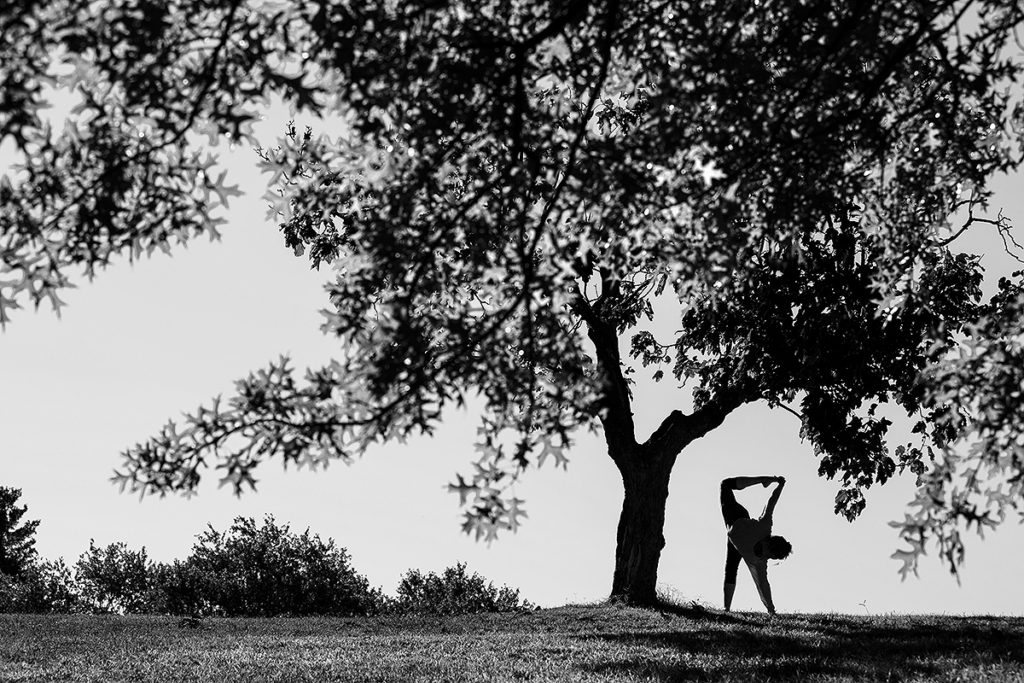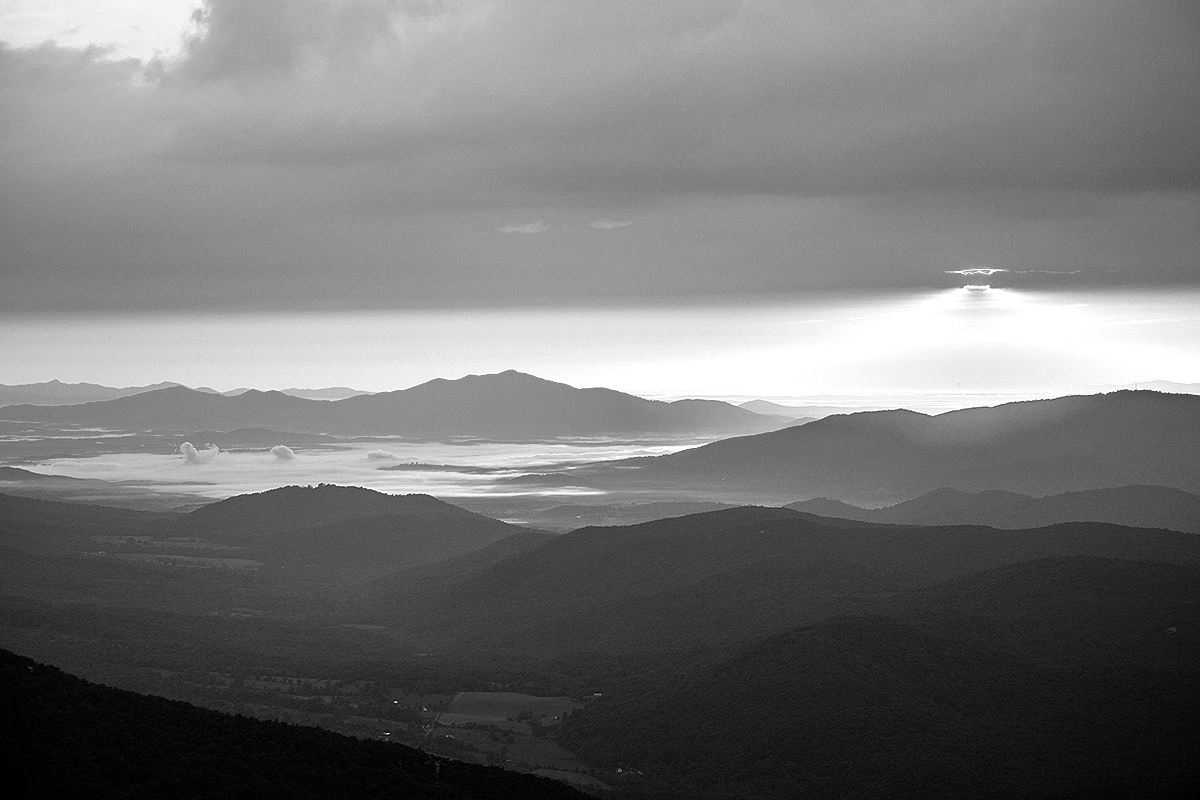Black and White Photography | Raleigh NC
With the abundance of colored photographs in today’s photography world, black and white photography can bring a refreshing change. While it is not much different than shooting colored photos, there are a few things to keep in mind that will completely transform your monochrome picture. Here are a few tips to improve your black and white photography skills.
1. Shoot in Raw
When setting up your camera for a black and white photography shoot, try shooting in RAW. Shooting in this setting helps you to capture much more detail in your photos and achieve a higher quality photo, than in JPEG formatting. RAW settings also allow for more changes in post-processing where you can adjust the exposure or other details that need changing. If your camera allows for shooting in RAW, try it and you may be surprised by the results! Many of the photos I have taken in Roanoke have been shot in RAW. After switching from JPEG to RAW I have seen a tremendous difference in the quality of my photographs!
2. Use a low ISO

While it is important to shoot with low ISO even in color photography, it is especially important when shooting black and white photography. With the absence of color, noise can become more noticeable and is best avoided by using low ISO settings.
3. Pay Attention to Composition
Experienced black and white photographers have trained their minds to pick up contrast and tone while blocking out the distraction of colors. This “monochrome vision” is important to creating excellent black and white photos. Instead of focusing on colors as you would in color photography, you should focus on shapes, tones, textures, and patterns. Try to pre-visualize the black and white photograph that you are trying to create.
Having a section of the photograph that is pure white and a section that is pure black will add contrast to a black and white scene. By adding contrast, the image will start to pop and create interest in an otherwise flat photo. When looking for strong blacks and whites, don’t just look at contrasting colors. Sometimes two different colors will appear to be similar shades of gray when converted to a black and white image. By looking for the true light and dark areas in a scene, you will add much more detail and composition to a flat photograph.
Texture can also be an amazing addition to black and white photos. The fine details in stone, foliage, wood, or antiques are compelling subjects for black and white. You can use strong side lighting to really emphasize the texture in any subject.
4. Try HDR
HDR (High Dynamic Range) is excellent for black and white because it emphasizes the dynamic ranges and edges, making a monochrome image pop. Because HDR allows you to pull the maximum highlight and shadow details from an image, it can create a photograph with more detail than is usually possible. If you want extremely detailed black and white photographs, try HDR photography!
These are just a few tips for you to refine your skills in black and white photography. They can be used on any number of subjects, including portraits, landscapes, architecture, and many more subjects. Practice visualizing how you want your black and white photos to look in regard to composition and as you continue taking black and white pictures, you will see your photos improve. I hope this blog has given you a few helpful techniques to greatly improve your black and white photography!


